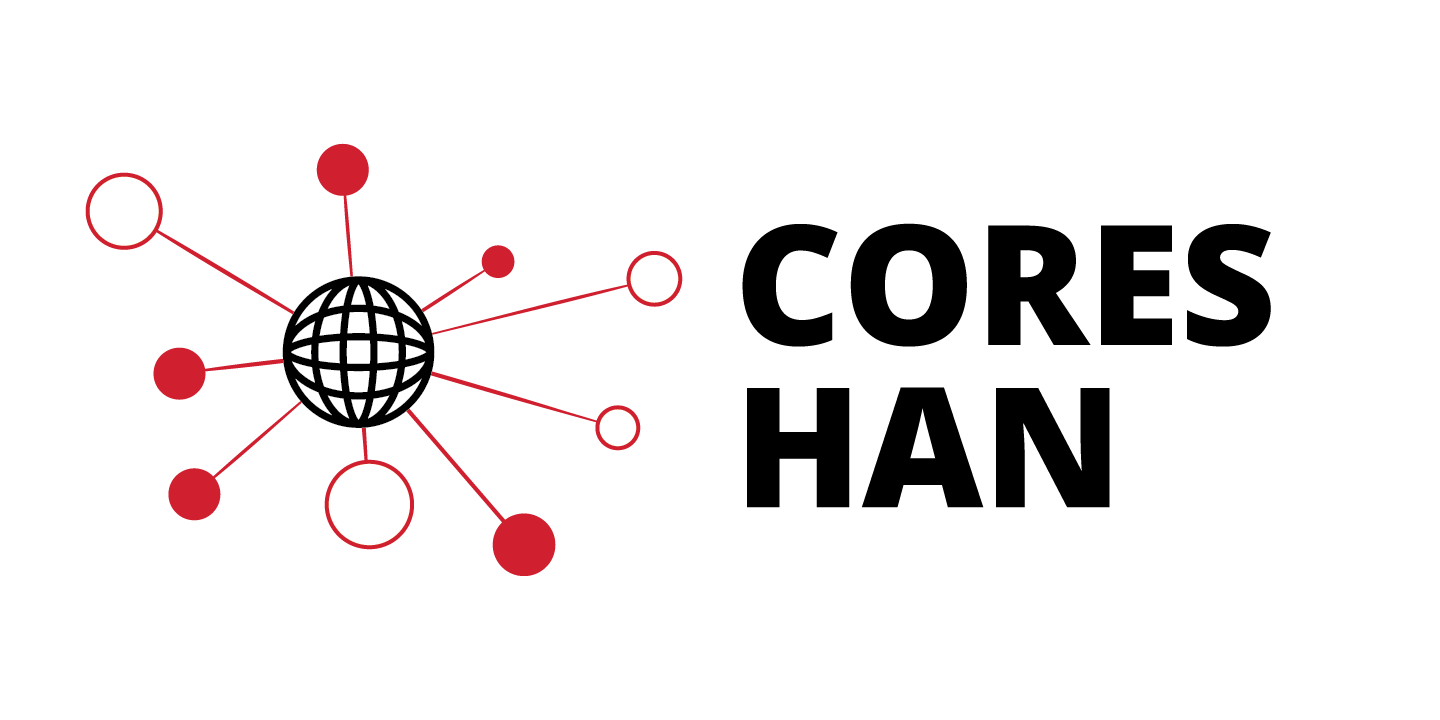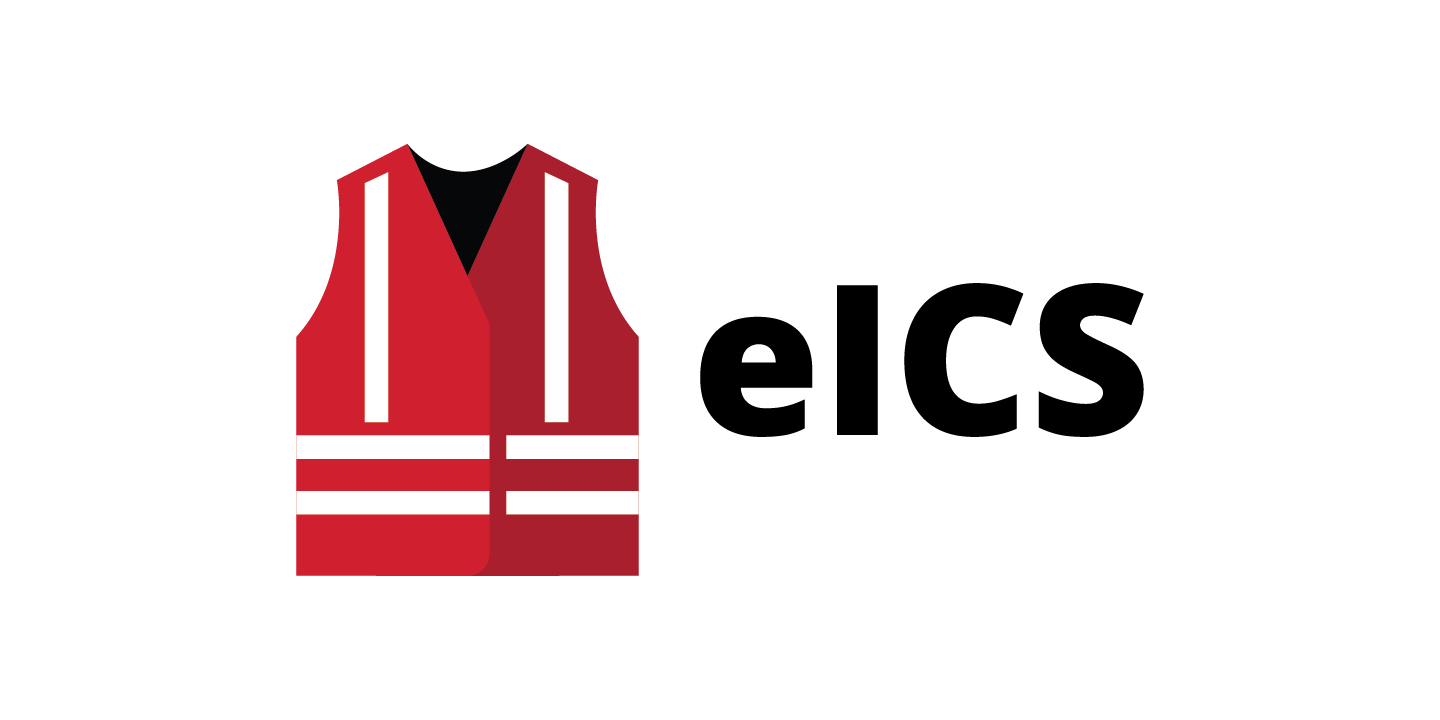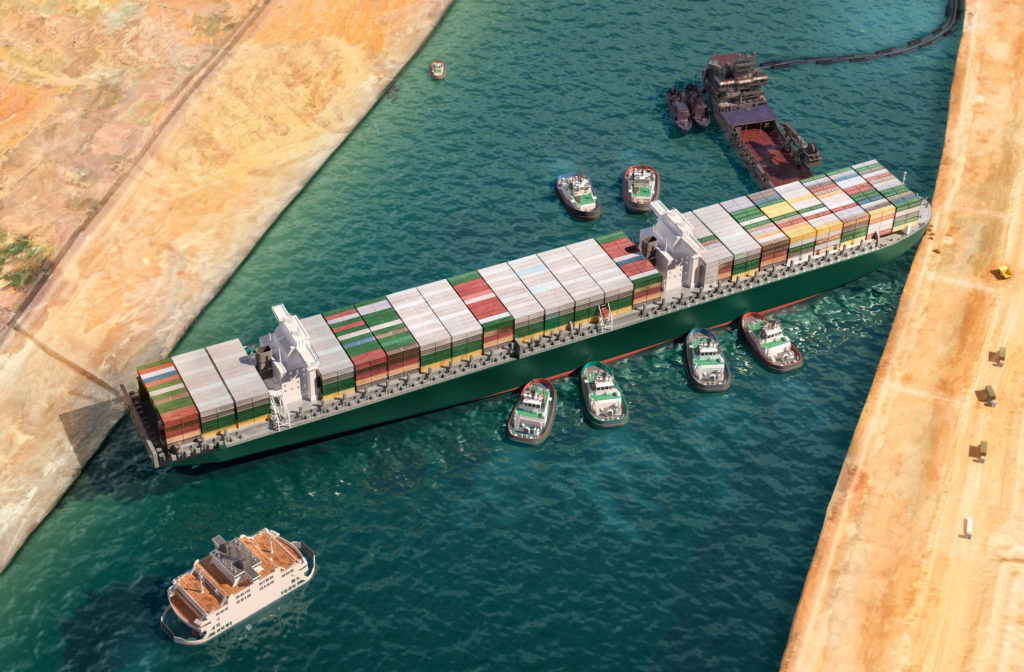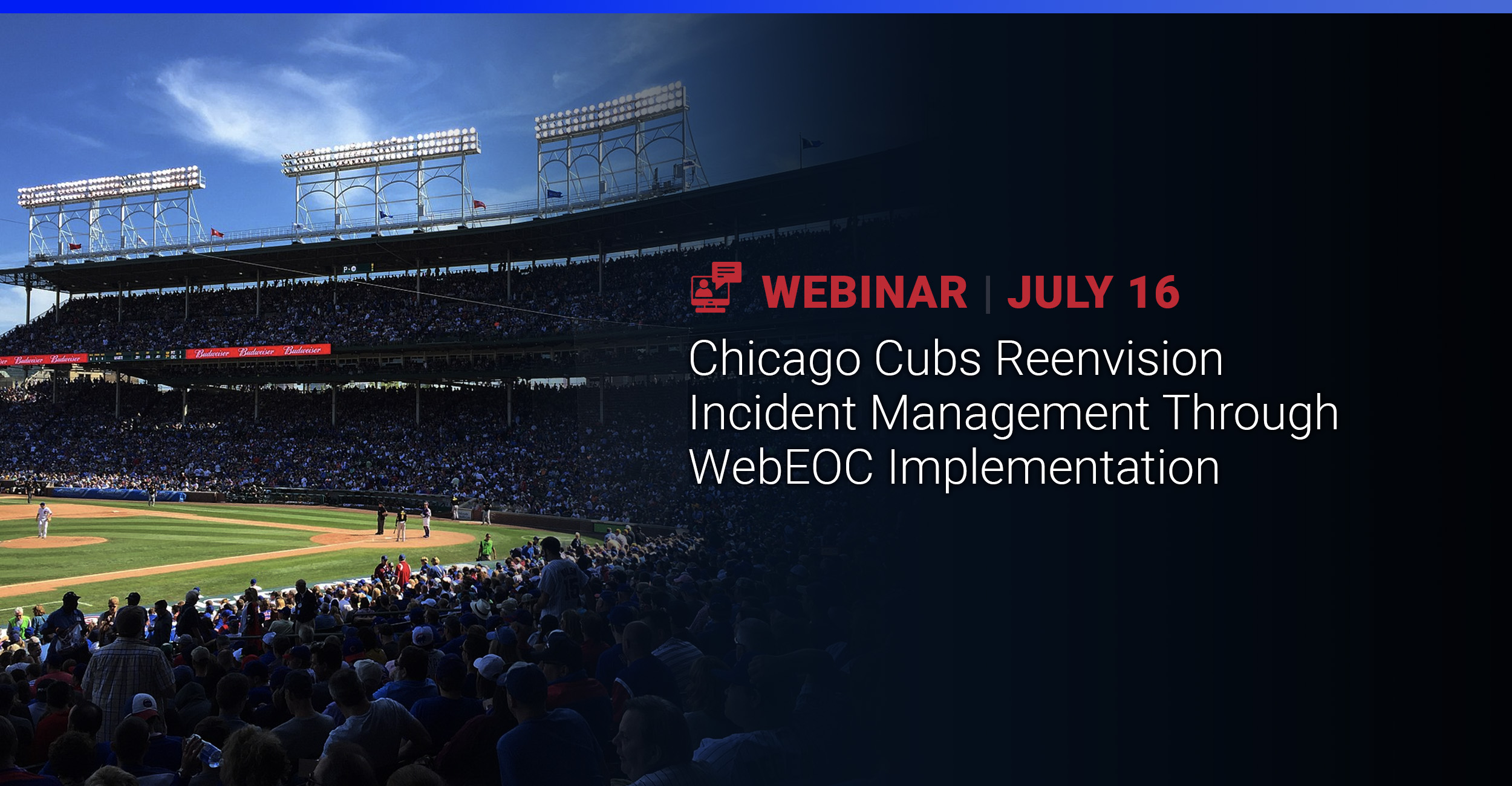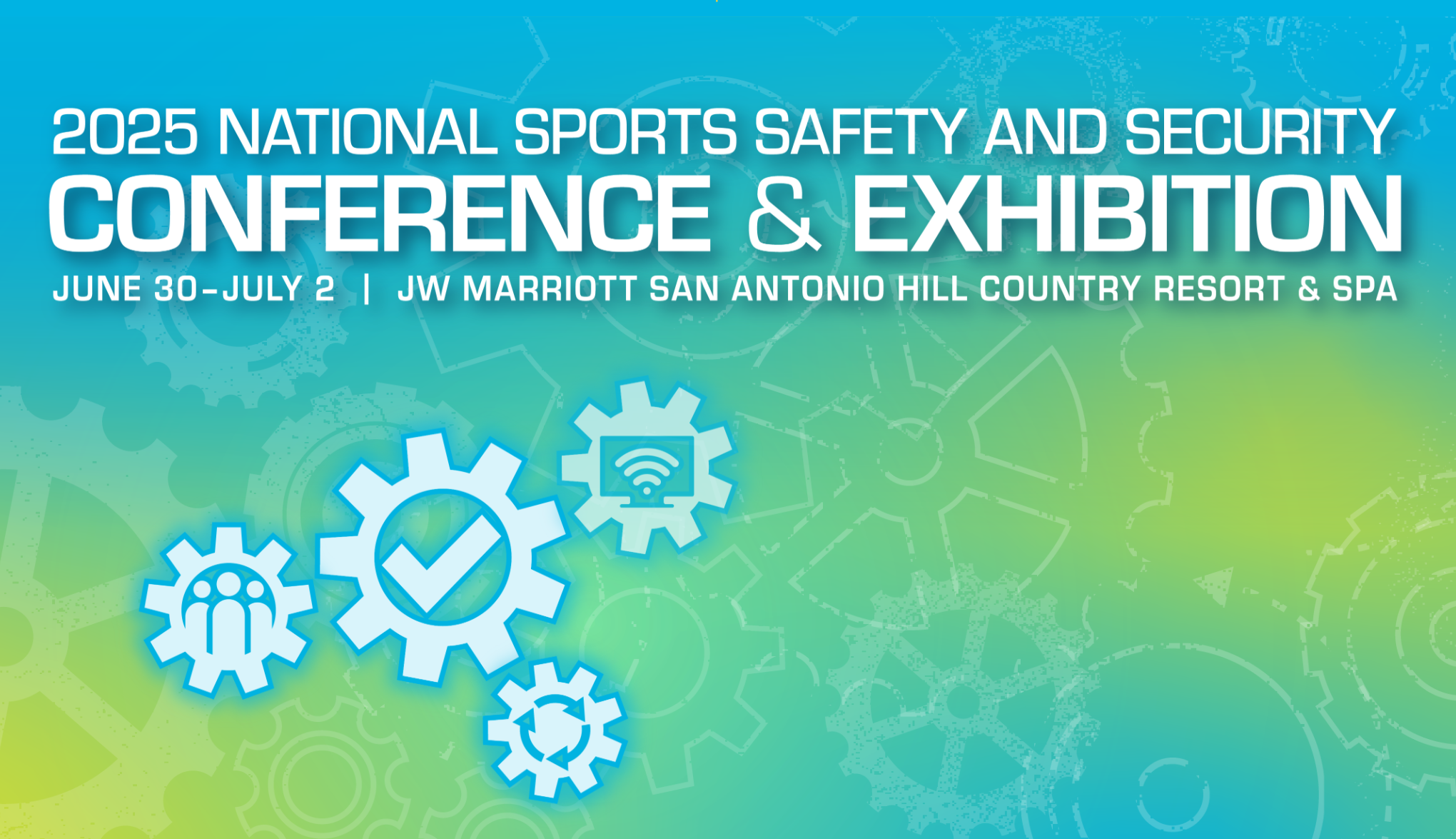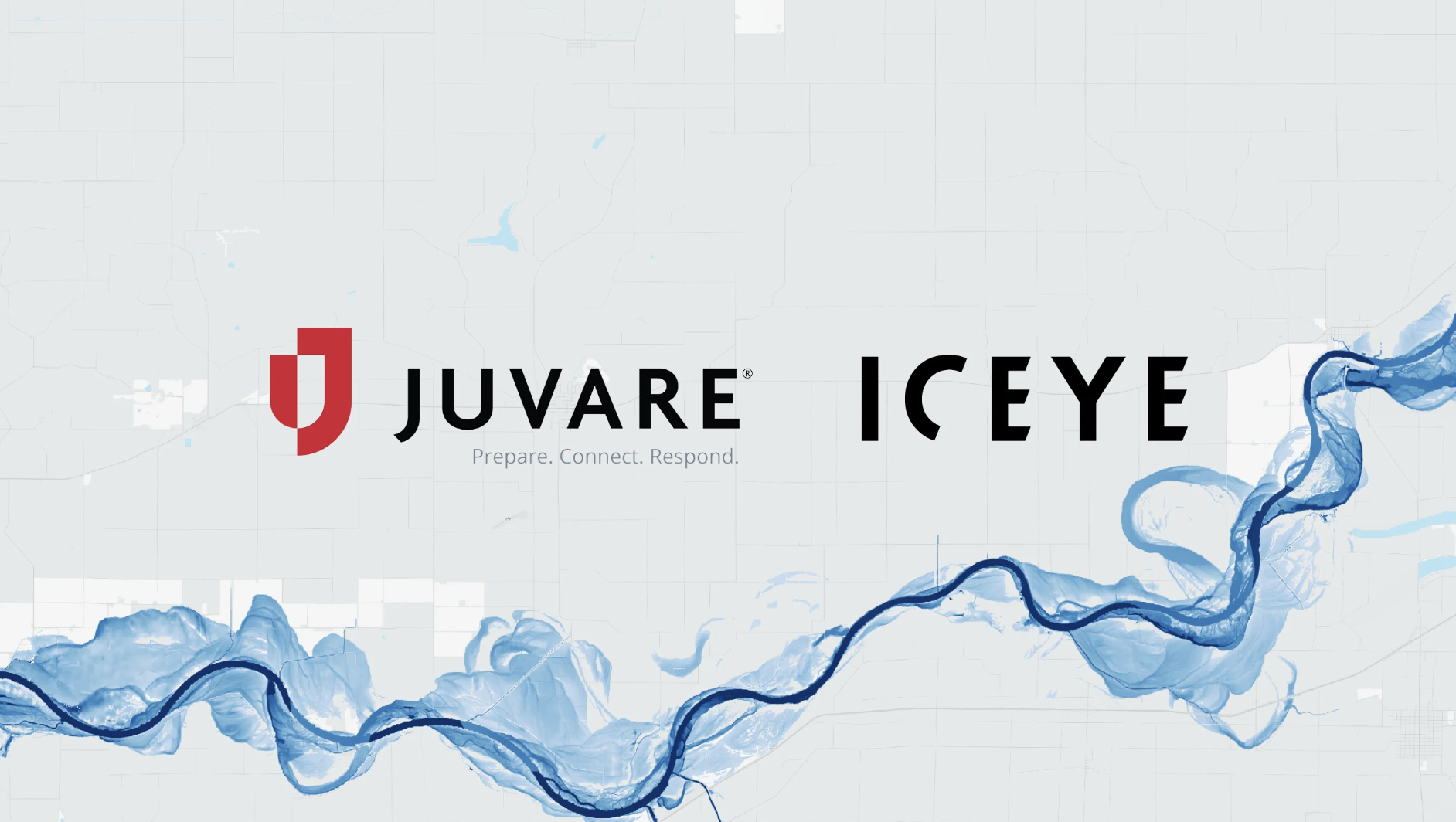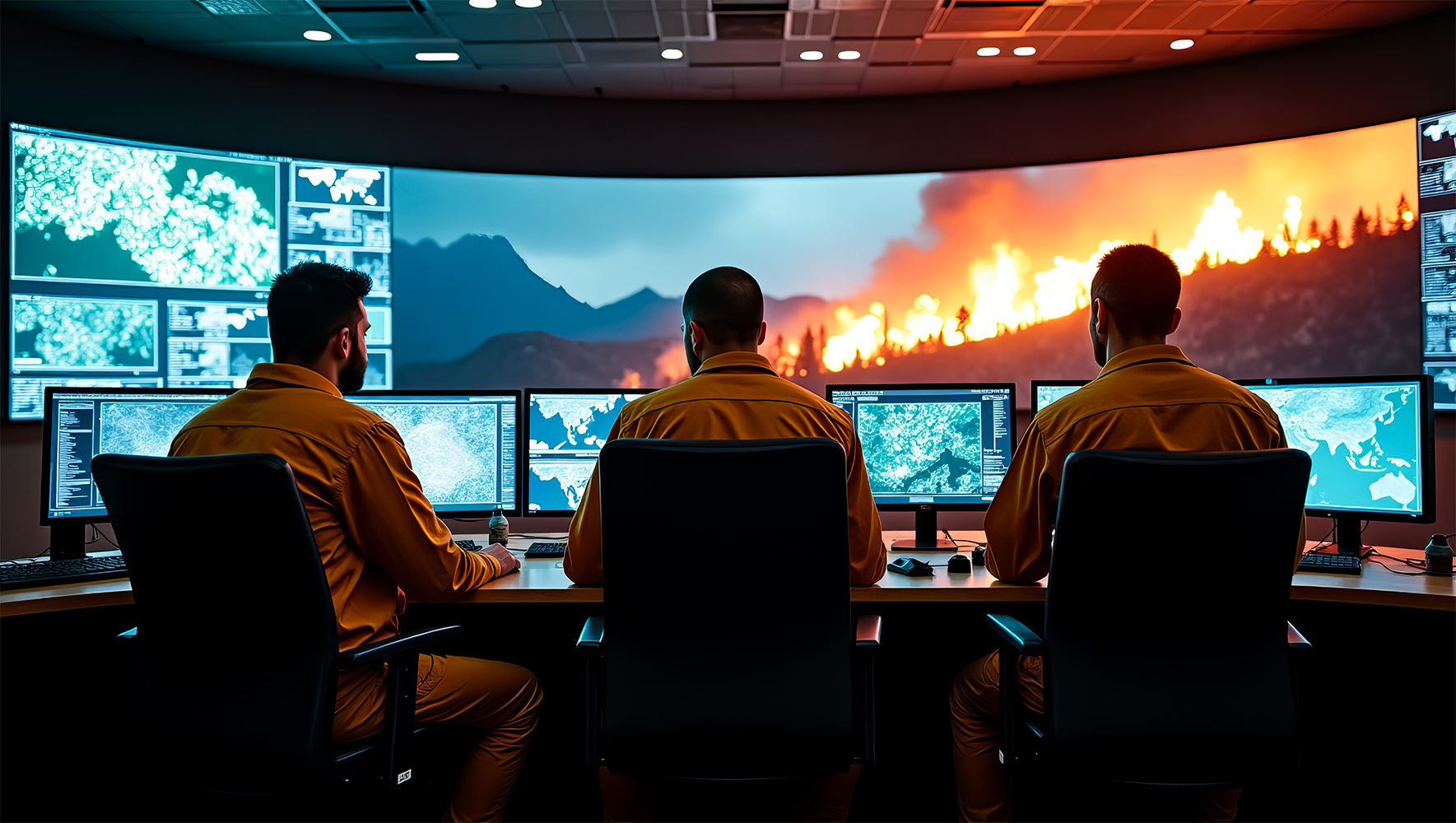International resiliency can seem larger than life, but it is a common thread that binds us all together. Due to the interdependencies of global economics, finance and policies, events that transpire in one geographical area and in one market segment can impact other geographies and other market segments.
An example would be the 2021 Suez Canal obstruction. About 12% of all global trade passes through the Suez Canal each day, according to the BBC. In March 2021, a ship operated by Taiwanese transport company Evergreen Marine became lodged sideways in the canal, blocking any passage. The canal’s revenues were taking a $14-15 million hit each day, while it was estimated that the blockage was holding up $9.6 billion in trade each day. The blockage required immediate response and recovery action, but the disruption of the supply chain also negatively impacted financial, commercial, construction, energy, and other market segments. The ship was refloated on Monday, March 29, but with 6 days of obstruction, the crisis drastically affected local and global trade.
Over the years, I’ve become more appreciative of how countries share best practices and perform reviews of national frameworks in order to better understand how to organize and prepare for incidents within their own borders. Organizations such as the International Association of Emergency Managers (IAEM) provide training throughout the world, thus setting a foundation by teaching best practices and applying common emergency management principles.
When I think about resiliency, it’s larger than just emergency managers and policy makers. Resiliency, to me, is a collective approach to resolving a misfortune that involves everyone in the community. Policy is a major determining factor in how we can establish resiliency. However, it is not the only factor. We must do our part.
Organizing all the stakeholders in a crisis or disaster has proven to be challenging for many places in the world. Over the past 20 years we have seen an increase in the use of Crisis and Emergency Management Systems (CEM), such as WebEOC, to fill the need. Crisis and Emergency Management Systems are uniquely created with an innate quality of facilitating resiliency; the CEM serves as the common platform for the community to effectively collaborate, communicate, and making better and faster decisions.
Mission areas related to “Prevention, Protection, Mitigation, Response, and Recovery” or “Strategic, Tactical, and Operational,” amongst others, all have one common thread – resiliency. To be resilient, a nation must have systems in place that allow not just emergency managers at the government level, but all stakeholders, to participate. Having a CEM solution throughout key organizations within the community is critical. It diversifies the risk of having stakeholders seek assistance to manage their duties, empowers the capabilities of each stakeholder, and ensures commonality of data collection within a common platform. As an example, an event in the United States can easily include 20 or more government agencies at different levels, as well as:
-
- Private and public hospitals
- Commercial and retail partners
- Nonprofit organizations
- Communication and engineering team members
- Logistical and aviation partners
- And others.
If each of these stakeholders use an CEM solution to empower themselves to manage their duties during a crisis or disaster, and each was connected with a common platform that facilitates coordination and collaboration, we could take our common thread and woven a resiliency fabric. If this occurs across borders, then we have sewn an international resiliency ‘security blanket’.
We all know that incidents hold no regard to borders and, therefore, no regard for our national frameworks. As we embrace the idea of international resiliency and the need for cross-border coordination, the advantage of an connected CEM is evident once more. Having an CEM that is flexible enough to support each nation’s unique framework is essential. One that allows for data and coordination to be understood by all stakeholders will enable the international community to respond and recover faster and with less chaos.
Resiliency is a goal and common thread that we all share. With the proper Crisis and Emergency Management platform that supports your mission areas while also addressing other stakeholders’ missions, we have the appropriate needle to weave the resiliency thread.
Contact us to learn more.




